Why is a bee-friendly garden so important? Every time you eat an apple, orange or a handful of almonds, you can thank a bee or other pollinator. In fact, more than 150 crops grown in the United States need pollinators for successful growth. Bees, birds, butterflies or other pollinators aid in the fertilization process, moving pollen from flower to flower.
Without healthy pollinators, many of our favorite foods and drinks could become unavailable, and our food supply could suffer.
Of much concern is that many pollinators, such as bees, have begun to disappear in recent years. In the past decade, the number of bee colonies in the country has dropped by more than 50% due to disease, loss of habitat and exposure to pesticides, according to the Pollinator Partnership.
Some scientists, nonprofit organizations and government agencies are working to find solutions for declining pollinator populations. As a home gardener, you too can make a difference by planting a garden that will serve as a welcome habitat for bees and other pollinators. By growing bee- and butterfly-friendly plants, you can boost the health of our pollinators and your own garden. You’re also doing your part to protect our food supply, one backyard garden at a time.
Planting for Pollinators
Bees and other pollinators need flowering plants to stay healthy. If the flowers or vegetables you normally plant bloom only at certain times of the year, consider planting several varieties to encourage year-round blooming.
“There are several types of plants that will keep a honeybee happy throughout the year,” says Angela England, founder of the Untrained Housewife blog and author of Backyard Farming on an Acre (More or Less).
“The season often starts with the first fruit trees blooming, plum, pear and apple. Later, blackberries, sage, and the earlier lavender plants. As you head into summer, flowers like Iris, Echinacea, elderberry and sunflowers become important. The toughest season on the bees is the fall, when choices are more limited. Consider plants such as goldenrod, asters and milkweed, which can be important additions to the bee garden,” explains England.
The best plants to attract and welcome bees in one region are not necessarily the best ones for other regions. The North American Pollinator Protection Campaign developed 32 guides, one for each eco-region of the United States, that detail the best plants for pollinators in each area.
Here’s an interesting tidbit that may help in your plant selection. Scientists have found that bees have favorite colors, and for good reason. Bumblebees, for instance, tend to favor violet or blue, and flowers of these hues tend to be rich in nectar. Yellow is another favorite, too.
Bee-Friendly Flowers
If you really want to make bees happy, consider cultivating flowering plants of various colors. Here are a few suggestions to add to your bee garden:
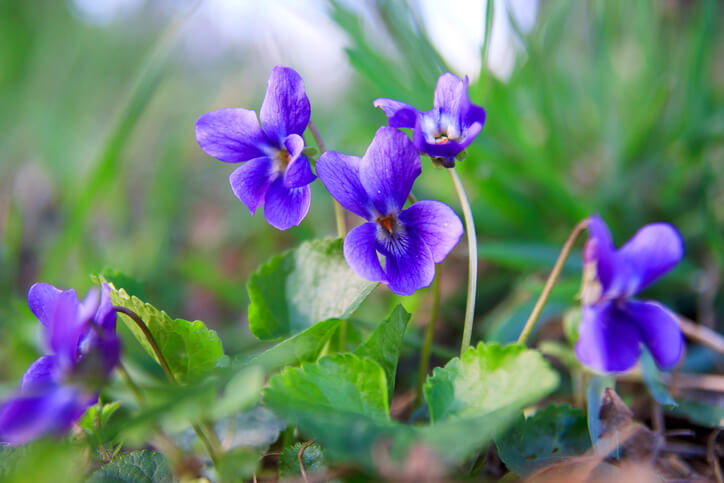
Violet or Purple: Violet, Foxglove, Catmint
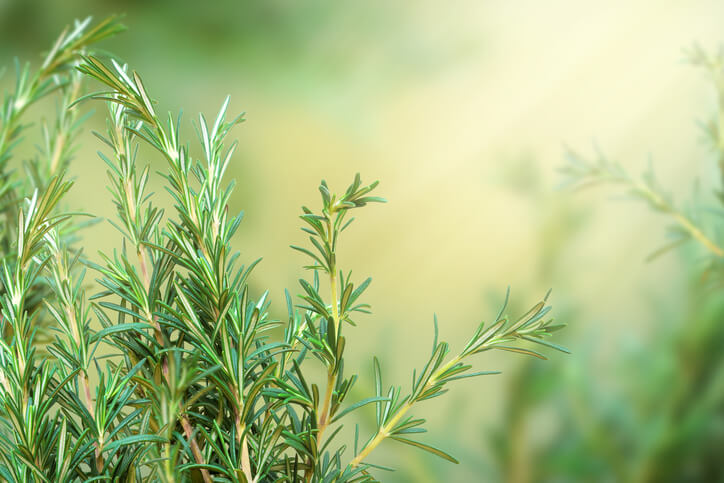
Blue: Rosemary, Forget-Me-Not, Delphinium
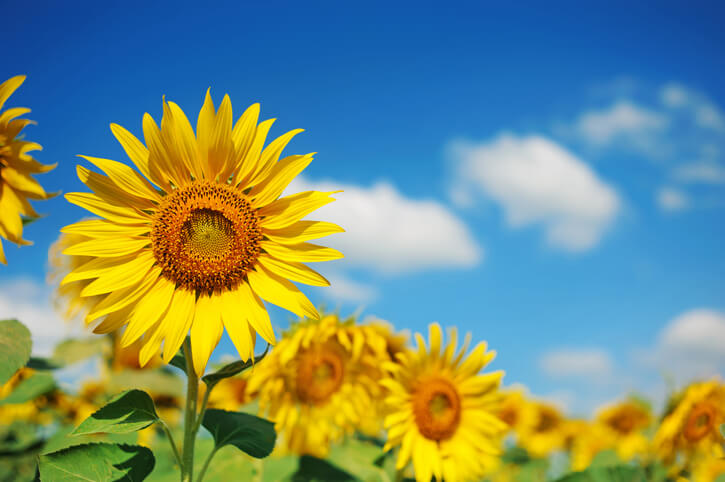
Yellow: Sunflower, Marigold, Buttercup, Black-Eyed Susan
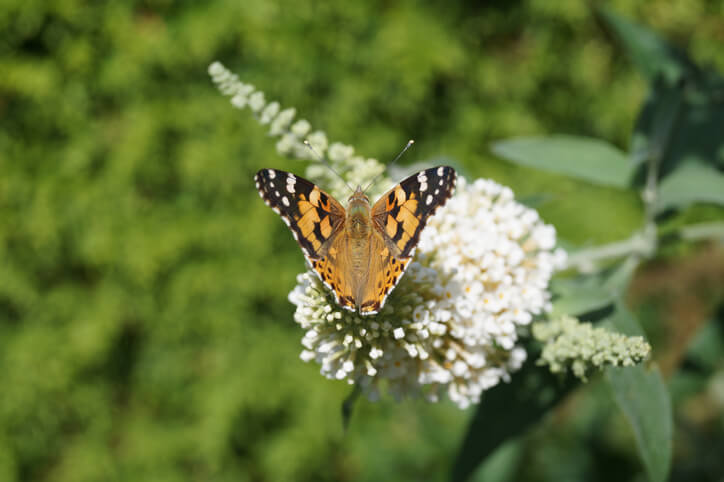
White: White Clover, Elderberry Blossom, Daisy, Camellia, Apple Blossom
Bee-Friendly Maintenance
Planting and maintaining a garden with bees in mind can be different from planting flowers or vegetables for your own pleasure. Here are some tips to help maintain your garden in such a way that fosters a healthy bee community.
Avoid Using Harsh Chemicals and Fertilizers
Although you might normally use chemicals to keep your flowers blooming and your garden free from weeds, using harsh chemicals and fertilizers is not a good idea if you want to create a bee-friendly garden. That’s because bees and other pollinators can be highly sensitive to pesticides and toxic chemicals.
Rather than relying on pesticides and fungicides, familiarize yourself with older methods for protecting plants. For instance, you can use a dormant oil spray on fruit trees during the early spring, while the trees are still—you guessed it—dormant (and the bees aren’t yet buzzing around). These oil sprays, made of cottonseed oil or refined from petroleum oil, will kill exposed insects and mites, including eggs, without harming birds, humans or other mammals.
And instead of using chemical fertilizers, consider fertilizing your soil with rich, natural compost, which can be made from grass clippings, fall leaves, wood ashes and some types of food scraps.
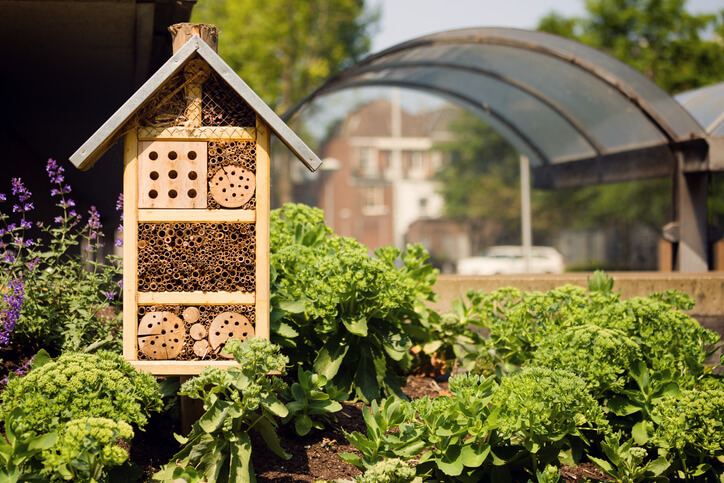
Welcome bees by building or purchasing a bee hotel.
You can create a salt lick for butterflies by:
- Creating a damp area with a drip irrigation line
- Placing a bird bath in the soil and mixing a bit of sea salt with the mud
Engineering a garden to be an inviting place for pollinators, will not only cultivate backyard beauty that buzzes with life, but you’ll also be doing your part to help protect our food supply.


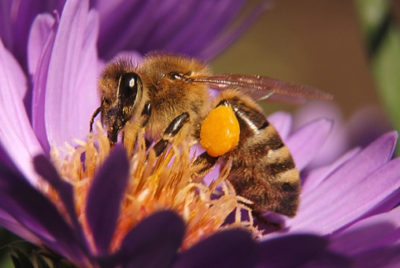
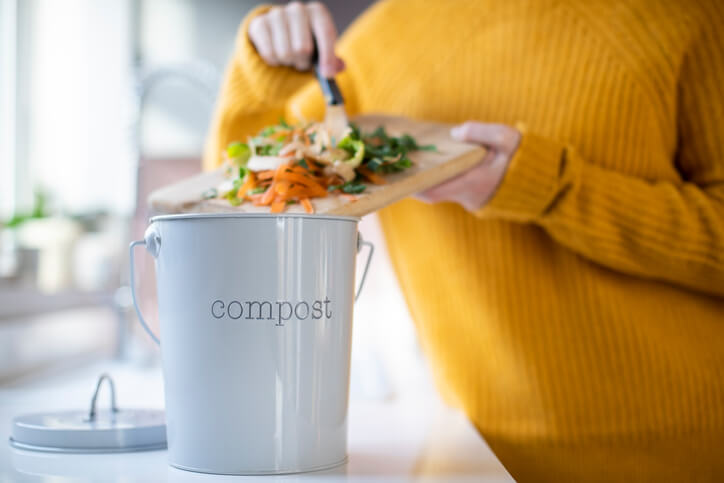
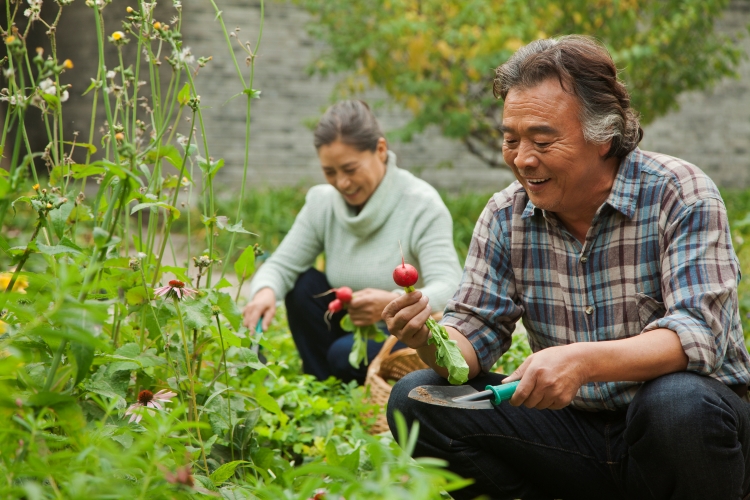
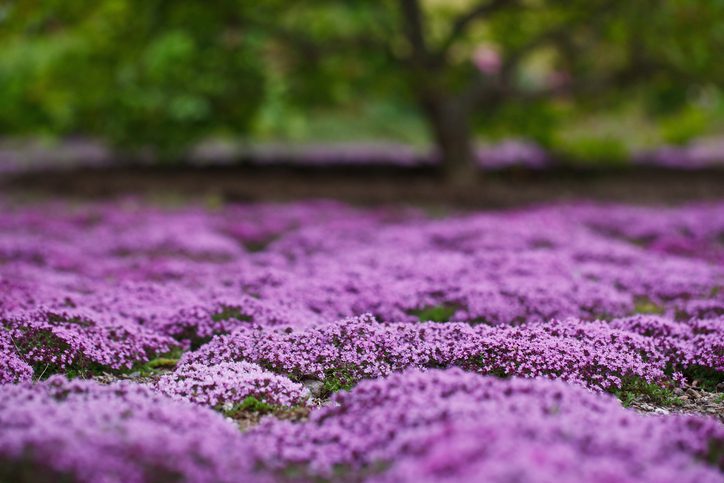
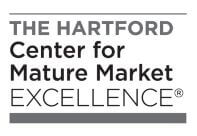
Bees come to a lavender bush I have and to a blackberry bush in flower. The biggest problem I have is a neighbor who is allergic to bees and sprays pesticides to kill them. How deal with such a person when allergy clearings are available that he can learn for himself?
Salvia ,becalm ,clover
Sunflower😍👍🥰
You can register/certify your garden or pollinator set area on your own land with most of the polllnator groups and also add your garden to thier mapping system to let people know you are a paying pollinator garden member with those pollinator groups!
There are many levels of pollinator divisons through out the U.S.A. and the world and they work them different ways, but for the same effort to protect pollinators, levels up the scale from citisen back yard gardens to another level farm agency type, then up to Federal and State protected wildlife and pollinator land areas and other in between groups also, all beng a healthy way to live and helping support farmers and honey producers around your area!
There is a city registry for bee friendly towns and cities a really cool way to get everyone involved to help pollinators and it is a very honorable affert and all the hard work for those efferts shoud be protected and have a better protections sytem level for the gardeners and thier gardens for the future of our land and people, but mostly for the pollinators and wildlife around them!!
Great ideas, this helps a lot. I usually have a lot of butterflies and bees, always plant flowers of vibrant colors. I love to see the butterflies they remind me of my childhood when things were so wonderful.
We love bees and would encourage them into a yard with various plants………….my son has a huge bee hive in his yard. He has a couple of bird houses and the bees have taken them over for about two years…….it is amazing, they live in a big city and have a condo, so the housing is pretty close together, but somehow they found these bird houses and having taken up residence. My son just leaves them alone and lets them do their thing, which I think is so cool!! We wish we could see inside, probably loaded with hone!
I loved this article. I have a butterfly garden and bird feeders. I have lots of bees, but have never heard of a bee hotel. I have really enjoyed all the beauty of nature. My fire bush hedge is a great place for bird nest. Thank you for this beautiful article and thank you for your insurance–I have home and automobile with the Buck.
Excellent information: also, Globe thistle (purple) loads up with all pollinators (you can view on my website) along with many of the other type plants you mention. I will seed several thousand Globe thistle quite soon.
Best regards,
Jerry
Sounds great! Thank you for the comment, Jerry!
Be careful when planting flowers. Many seeds are coated in pesticides called neonicotinoids, or neonics for short. Many flower bedding plants are started from such seeds as well. When a seed sprouts and grows, the chemicals spread through the whole plant. So insects, such as aphids, that try to eat the plant also get a dose of the poison, But beneficial insects, such as bees, are subjected to these poisons as well. To save bees, be sure to use organic seeds and bedding plants. See https://www.pbs.org/newshour/science/neonicotinoid-pesticides-slowly-killing-bees
So very true and thanks for bringing this up. It’s amazing how many people don’t know. So watch for the plants at the big box stores and try to get the organic ones if you must shop there.
Please plant more native wildflowers seed sourced & grown from as close to your region of the country as possible. Called local eco-types. Most states have native plant organizations & growers. Please support them.